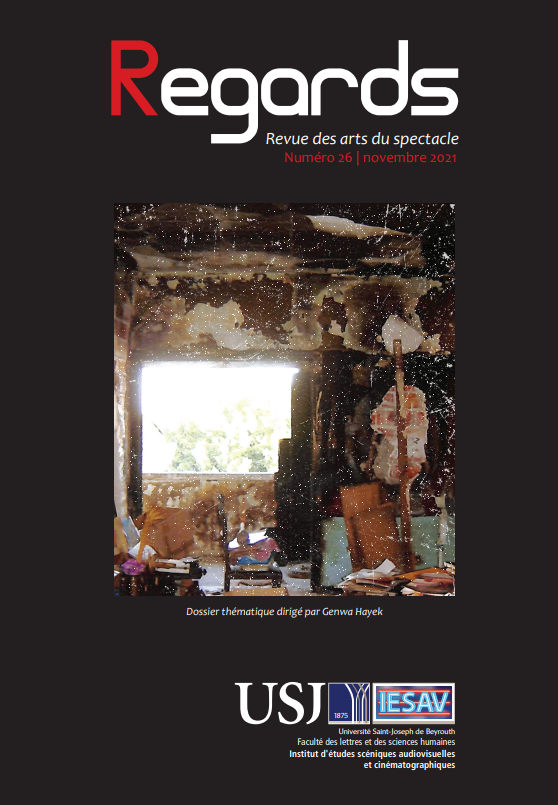Abstract
The article considers three Lebanese films – Il était une fois, Beyrouth (1995) by Jocelyne Saab, the short Le Liban à travers le cinéma (2003) and the documentary Cinéma de guerre au Liban (2003), both by Hady Zaccak – to explore the archival impulse in their composition. We will suggest that this impulse takes two major forms: the use of a montage of sequences of Lebanese films, or films about Lebanon, and crossovers between narrative thresholds and between fact and fiction. We draw on Gérard Genette’s version of metalepsis to analyse the nature of these crossovers and the notion of ‘survivance’ proposed by Georges Didi-Huberman to examine the multiple traces of the archive in each film. We will also suggest that, by forcing different films to interact with each other – not unlike Jean-Luc Godard’s treatment of the film archive in Histoire(s) du cinéma – Saab and Zaccak compose new narratives and therefore act themselves, self-consciously, as ciné-archivistes reflecting on the memory of Lebanese cinema while highlighting its silences.

